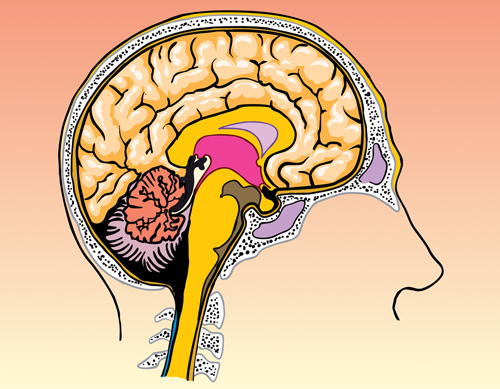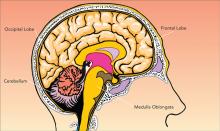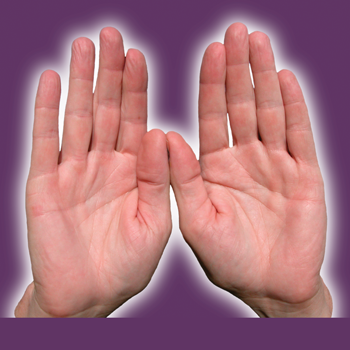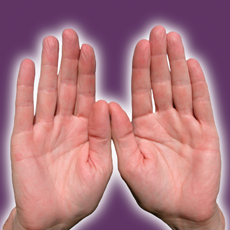by William Lee Rand
 My understanding of the Reiki symbols has developed from multiple sources and from different ways of looking at them, as well as from my experience of working with them for more than 25 years. During this time I’ve thought about them from a metaphysical as well as a scientific perspective and have closely examined the experiences I’ve had as well as those reported by students and others experienced in their use. I have also talked with highly developed intuitives and clairvoyants about what they see happening when Reiki symbols are used and how they perceive them working.
My understanding of the Reiki symbols has developed from multiple sources and from different ways of looking at them, as well as from my experience of working with them for more than 25 years. During this time I’ve thought about them from a metaphysical as well as a scientific perspective and have closely examined the experiences I’ve had as well as those reported by students and others experienced in their use. I have also talked with highly developed intuitives and clairvoyants about what they see happening when Reiki symbols are used and how they perceive them working.
The following description is based on how Reiki symbols work within the style of Reiki that I practice. For the most part, I believe Reiki symbols work similarly for most styles of Reiki; however, I believe there are some styles of Reiki in which the symbols work differently than the way I describe them. This may be due to a difference in understanding and intention about the symbols and/or a difference in lineage, both physical and spiritual. Keep in mind that my description is just one way of looking at them. There may be other ways of describing how they work that are different than this description and also meaningful.
Reiki symbols work in a transcendental way that is different in some ways than how other symbols work. Often the purpose of non-Reiki symbols is to convey information. Some common examples are traffic lights and other roadside symbols, computer icons, and scientific symbols. Other non-Reiki symbols, such as the heart symbol or religious and metaphysical symbols can create more of an emotional or spiritual effect within the person. These emotional and spiritual symbols often create their effects automatically based on a conditioning process the person has been exposed to in conjunction with the symbol.
This conditioning takes place in the stimulus/response mechanism that functions within the sympathetic nervous system. (The Russian physician, Ivan Pavlov discovered the functioning of this mechanism through an experiment with dogs.) It most likely evolved as a survival mechanism, allowing a person or animal to have a quicker response to a threat after having been exposed to that threat previously. It can also help people carry out routine actions such as driving, work or sports activities with less need to think about them.
The stimulus/response mechanism is frequently made use of in advertising. As an example, one television ad depicts images of people enjoying themselves in the summertime, having fun, filled with excitement and happiness, diving into the water, swimming, and appearing to feel refreshed. Then the same people are shown drinking Coca-Cola. This image is repeated within the ad and the ad is shown over and over. The intention is that through repeated exposure, the viewer will become conditioned so that if they are feeling tired, down or depressed, but would like to feel good, they will automatically think of Coca-Cola. The triggering of habitual behavior, both healthy and unhealthy, takes place in part because of activity within the stimulus/response mechanism.
Reiki symbols make use of the stimulus/response mechanism. However, because of the nature of the stimulus (the attunement energy), the time needed to create the stimulus/response process is greatly reduced. Also, the response to the attunement takes place within a higher part of the student’s energy field, a part that is normally beyond the reach of most stimuli. This is why the process is termed transcendental because it transcends our usual everyday levels of consciousness.
Before or during class, the student is exposed to the Reiki symbols. They are shown the symbols and usually asked to memorize them. Then the student receives the attunement. (Some teachers show their students the symbols after the attunement. This is an exception, but because of the transcendental nature of Reiki and its ability to transmit information directly into the student’s nervous system and energy field, the effect is the same either way.) During the attunement, the symbols and the Reiki energies associated with them are placed into the Medulla Oblongata, which is located in the lower part of the brain. This part of the brain acts as a conduction pathway, sending impulses up to others parts of the brain and down through the spinal column. It is also the location of many automatic reflexes such as heart rate, breathing, swallowing, etc. and therefore is an ideal location for the placement of the symbols.
 The attunement process creates an automatic reflex mechanism or stimulus/response process within the Medulla Oblongata and other parts of the sympathetic nervous system that are linked to higher parts of the energy field. Whenever the student intends to use a symbol(s), such as when they draw it, visualize it, or speak its name, (stimulus) their energy field automatically responds (response) by opening up to and bringing in the higher frequency spiritual energies that the symbol represents. Thus, through the use of Reiki symbols and the attunement that activates them, the practitioner has access to a broader, more effective range of Reiki frequencies than they would have otherwise.
The attunement process creates an automatic reflex mechanism or stimulus/response process within the Medulla Oblongata and other parts of the sympathetic nervous system that are linked to higher parts of the energy field. Whenever the student intends to use a symbol(s), such as when they draw it, visualize it, or speak its name, (stimulus) their energy field automatically responds (response) by opening up to and bringing in the higher frequency spiritual energies that the symbol represents. Thus, through the use of Reiki symbols and the attunement that activates them, the practitioner has access to a broader, more effective range of Reiki frequencies than they would have otherwise.
This is one of the miracles of Reiki. The stimulus/response process for the symbols is created very quickly during the attunement and does not require the repeated exposure to a stimulus that is usually necessary. Also, the response takes place within a higher part of a person’s energy system, beyond the ego and conscious mind in an area not usually accessible to most people, unless they’ve had years of training. Because of this, the attunement allows Reiki to be learned by anyone.
We can only be grateful for such a wonderful gift, available to us at a time when it is so important that we use all the resources we can to solve the problems that we, the people of the earth now face.
This article appeared in the Fall 2007 issue of Reiki News Magazine.







